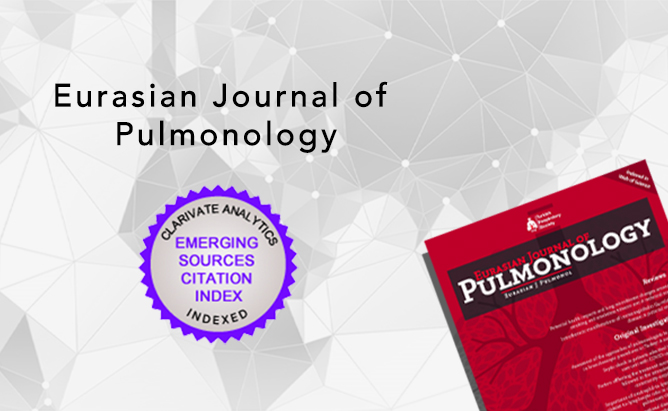2Eskişehir Osmangazi University Lung and Pleural Cancers Research and Clinical Centers, Eskişehir, Türkiye; Department of Chest Diseases, Eskişehir Osmangazi University Medical Faculty, Eskişehir, Türkiye
3Department of Public Health, Eskişehir Osmangazi University Medical Faculty, Eskişehir, Türkiye
4
Abstract
BACKGROUND AND AIM: This study aims to quantify lung cancer mortality (LCM) in a developing country across different socioeconomic regions and explore the spatial relationships between these regions and their developmental levels.
METHODS: The study was conducted in Türkiye. Data on lung cancer deaths and population demographics from 2015 to 2019 were obtained from the Turkish Statistical Institute (TURKSTAT). The socioeconomic level of the subregions was determined using an index from the Ranking of Socioeconomic Development (RSED) study. Risk ratios were calculated relative to the subregion with the lowest rate. Both univariate and multivariate Moran’s I methods were used to analyze spatial autocorrelation and to create a spatial cluster map of Türkiye.
RESULTS: From 2015 to 2019, the LCM rates in Türkiye were 49.70 per 100,000 for males and 7.81 per 100,000 for females. Spatial correlation analyses indicated significant correlations for both genders and overall (Moran’s I: 0.699 for males, 0.306 for females, and 0.697 overall; p<0.001 for each). The standardized LCM rates were categorized into four groups based on quartile values. Both the quartile distribution and spatial autocorrelation analyses revealed that the highest LCM rates for both genders (58.75 per 100,000 for males and 10.99 per 100,000 for females) were predominantly found in the western part of the country. Conversely, the lowest LCM rates (21.29 per 100,000 for males and 5.72 per 100,000 for females) were mostly observed in the southeastern regions. Additionally, a positive linear relationship was found between the socioeconomic development index scores of the regions and their LCM rates (Moran’s I: 0.536, 0.315, and 0.533, respectively; p<0.001 for each).
CONCLUSIONS: Higher rates of LCM were significantly associated with densely populated, industrialized, and urban areas. These findings may assist policymakers in designing targeted interventions to effectively reduce the lung cancer burden in areas with the greatest need.




 Selma Metintaş1
Selma Metintaş1 




